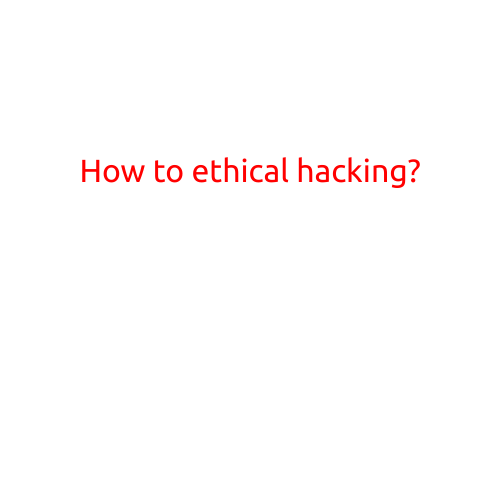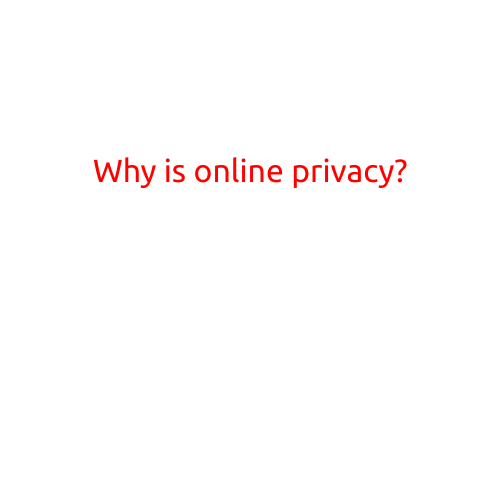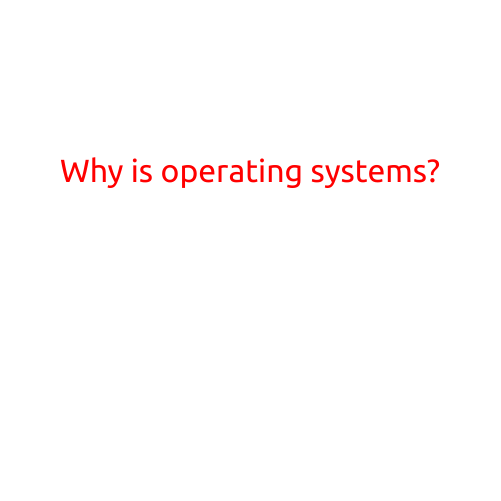
How to Ethical Hacking: A Step-by-Step Guide
Ethical hacking, also known as penetration testing or white-hat hacking, is the practice of testing computer systems and networks to find vulnerabilities so that they can be fixed before malicious hackers can exploit them. Ethical hackers use their skills and knowledge to help organizations improve their security and protect themselves from threats. In this article, we’ll provide a step-by-step guide on how to get started with ethical hacking.
Step 1: Learn the Basics
Before you start, you need to learn the basics of computer networks, operating systems, and security principles. You should have a good understanding of TCP/IP, DNS, HTTP, and other networking protocols. Additionally, you should know how to use command-line interfaces and have basic knowledge of programming languages such as Python, C++, and Java.
Step 2: Get the Right Tools
Ethical hackers use a variety of tools to perform their work. Some of the most popular tools include:
- Nmap: a network scanning tool
- Nessus: a vulnerability scanner
- John the Ripper: a password cracking tool
- Burp Suite: a web application scanner
- Metasploit: a penetration testing framework
You can download most of these tools for free or purchase them from online stores.
Step 3: Learn Ethical Hacking Techniques
Ethical hackers use a variety of techniques to test systems and networks. Some of the most common techniques include:
- Network scanning: using tools like Nmap to scan networks and identify hosts, services, and operating systems.
- Vulnerability scanning: using tools like Nessus to identify vulnerabilities in software and systems.
- Social engineering: using psychological manipulation to trick users into revealing sensitive information.
- Password cracking: using tools like John the Ripper to crack passwords.
Step 4: Practice with Online Resources
There are many online resources that can help you practice ethical hacking. Some of the most popular resources include:
- Hack The Box: a virtual machine that contains a vulnerable system that you can hack
- VulnHub: a collection of virtual machines that contain vulnerabilities
- Cybersecurity competitions: many online competitions, such as Capture the Flag, require ethical hacking skills.
Step 5: Get Certified
Getting certified in ethical hacking can help you demonstrate your skills and knowledge to potential employers. Some of the most popular certifications include:
- CompTIA Security+: a beginner-level certification that covers security basics
- CompTIA PenTest+: an intermediate-level certification that covers penetration testing
- Certified Ethical Hacker (CEH): an advanced-level certification that covers ethical hacking techniques.
Step 6: Join Ethical Hacking Communities
Joining online communities can help you connect with other ethical hackers, learn from their experiences, and get advice on your own projects. Some of the most popular ethical hacking communities include:
- Stack Overflow: a Q&A platform for programmers and ethical hackers
- Reddit: r/NetSec, r/learnprogramming, and r/ethicalhacking are popular communities
- Ethical Hacking forums: many online forums, such as ethicalhacking.org, offer a platform for ethical hackers to discuss their work.
Conclusion
Ethical hacking is a complex and challenging field that requires a deep understanding of computer systems, networks, and security principles. By following these steps, you can develop the skills and knowledge needed to become a successful ethical hacker. Remember to always follow ethical hacking best practices and respect the law when conducting your work.





